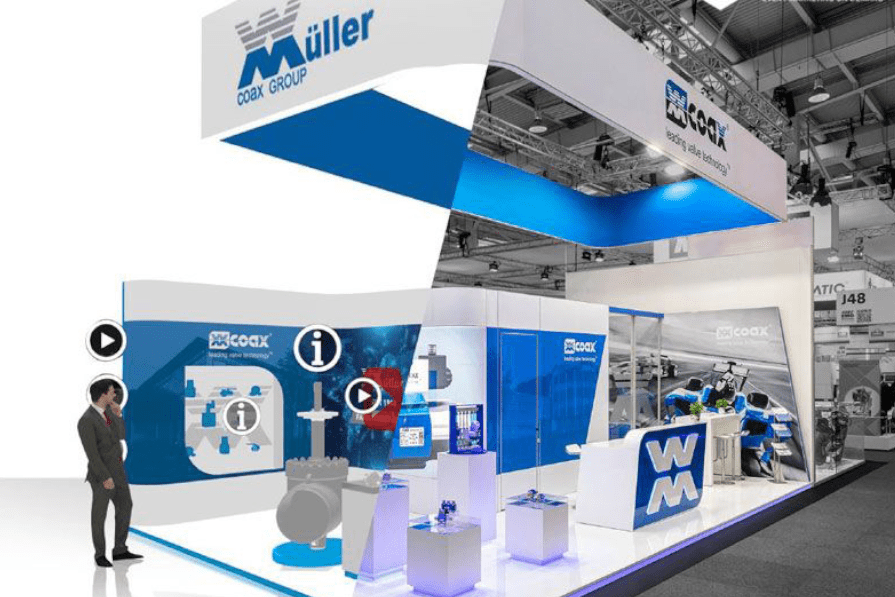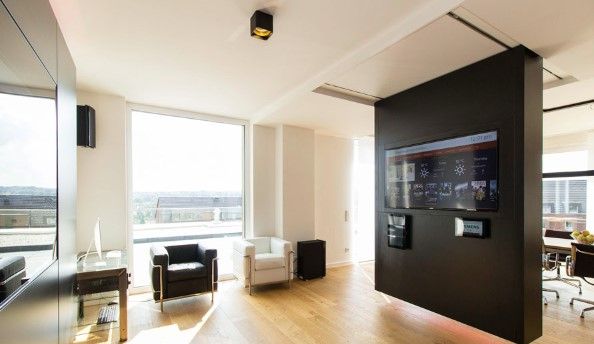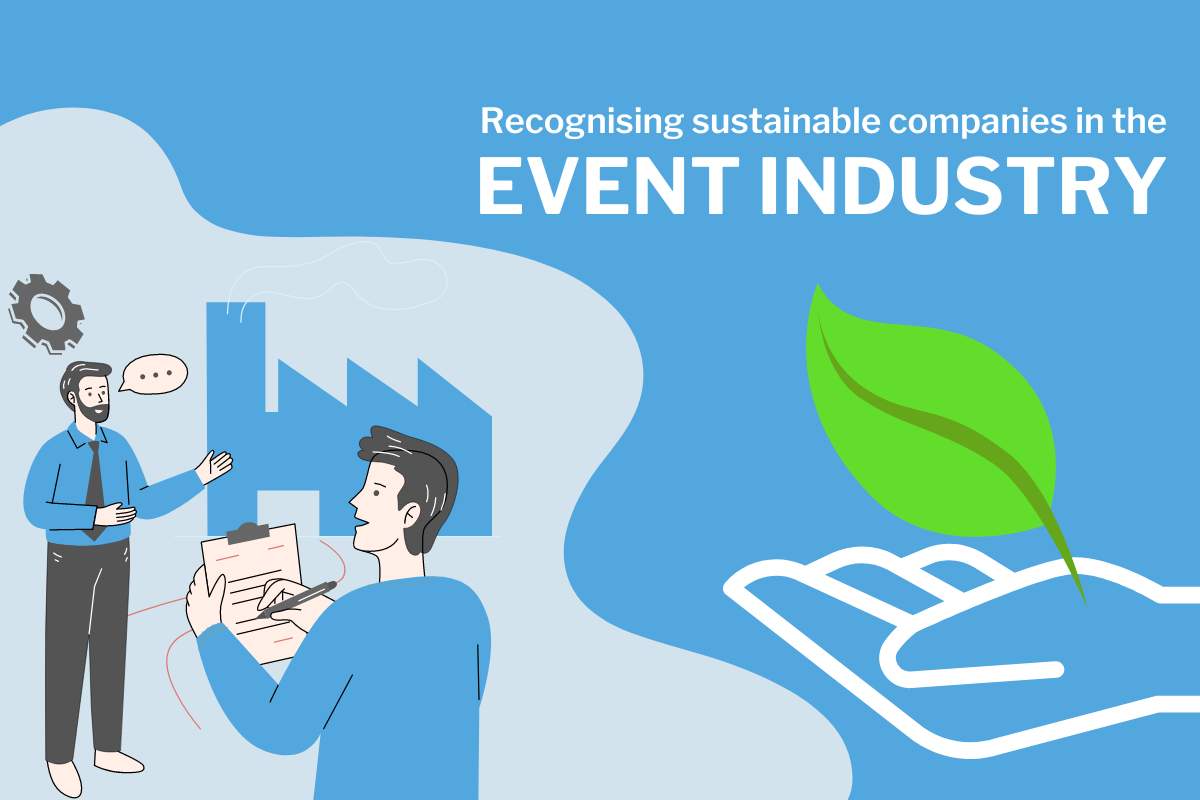Hybrid events - what are they?
In the last 2 to 3 years, the terms “hybrid events” and “hybrid trade fair stand” have become almost impossible to avoid. This has preferably emerged...

We have already heard a lot about virtual events and trade fairs in recent months. And the possibilities of a virtual trade fair are as individual as the colors of a color fan. In this blog, we're going to take a closer look and present some case studies that describe the combination and use of online events for very different needs.
A medium-sized company (e.g. a supplier of automotive components) wants to launch a product. The company invites the most important B2B guests to its headquarters. However, as many customers cannot be physically present due to distance, the launch is to be streamed virtually at the same time. To this end, “the advertising drum should be beaten” in advance as part of the content strategy by inviting the target group. Afterwards, the launch will be available online on demand.
A large company (e.g. a publisher of school textbooks) would like to train its customers at a virtual trade fair and communicate the latest didactic developments. A live event is planned in order to have the closest and most authentic contact possible with the participants. Workshops, discussion rounds and webinars will also be offered. The event will be recorded and will be available on the company's website for a certain period of time.
Afterwards, the interests and needs of the visitors should be recognizable and processed for the follow-up after the event. In addition, the content of the event should be played out in a targeted manner as part of the content strategy to generate new leads.

A group of companies would like to recruit new employees and trainees. The company has eight business units that would like to present themselves to applicants with different focuses. A very stylish virtual environment is desired. The corporate design should dominate in a reception area and the respective units should have their own exhibition and consultation areas.
Click here for the case study of REWE Group's virtual career day.
A group of companies sells its products via retail intermediaries (e.g. audio multifunctional devices).
The aim is to maintain contact even in times of coronavirus, present products, create a platform for systemic problems and network.
Even after the pandemic, the company would like to continue using this portal as a synergetic addition to the dealer trade fairs that are taking place again.
A group of companies with locations around the world needs a portal to train and educate its employees internally. Furthermore, internal networks should be created and internal social contacts established. When the pandemic is over, physical events will be organized again, but some features should continue to be used.
A global player in the wine industry wants to organize a virtual event. The aim is to invite 100 individually selected guests to a virtual wine tasting and to create a multi-sensory experience for the guests. The event is scheduled for the evening. Already in the invitation phase, reference is made to the sending of a wine sample box.
Accompanying music streaming from a popular DJ is intended to break up the information sequences. Breakout rooms for networking are desired. The wines will be tasted and evaluated during the stream. A highlight is also planned: Four sommeliers from four continents have been invited as surprise guests in the stream to lead a discussion about the different types of wine and growing regions. The event will be accompanied by a permanent chat function.
So there are different needs and requirements for setting up a virtual event or a virtual trade fair. The conceptual and technical requirements are now being developed in the further course of planning. The focus here is on the spatial experience and interaction with the target group.
During the planning process, amazing, new and random ideas and ideas arise together with the project managers that can enrich the event.
Organize your own independent events as part of your content marketing strategy.
There are an infinite number of conceptual variants that need to be worked out in the project team.
In addition to their informative function, design and entertainment play a key role in virtual events in order to keep visitors' attention in the long term

In the last 2 to 3 years, the terms “hybrid events” and “hybrid trade fair stand” have become almost impossible to avoid. This has preferably emerged...

Ever since the global coronavirus shutdown of all congresses, trade fairs and other live communication events, companies have had to completely...

In a world characterised by constant change and progress, the topic of sustainability is becoming increasingly important and is therefore now a top...